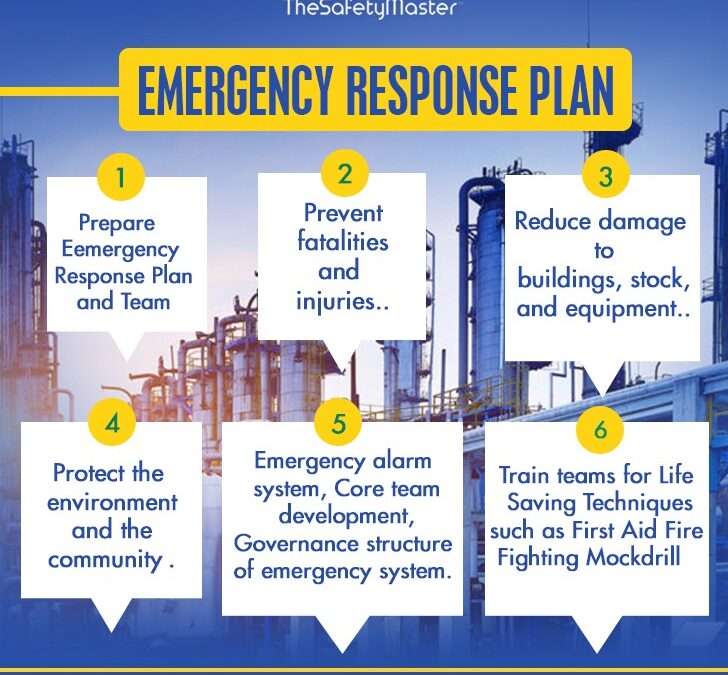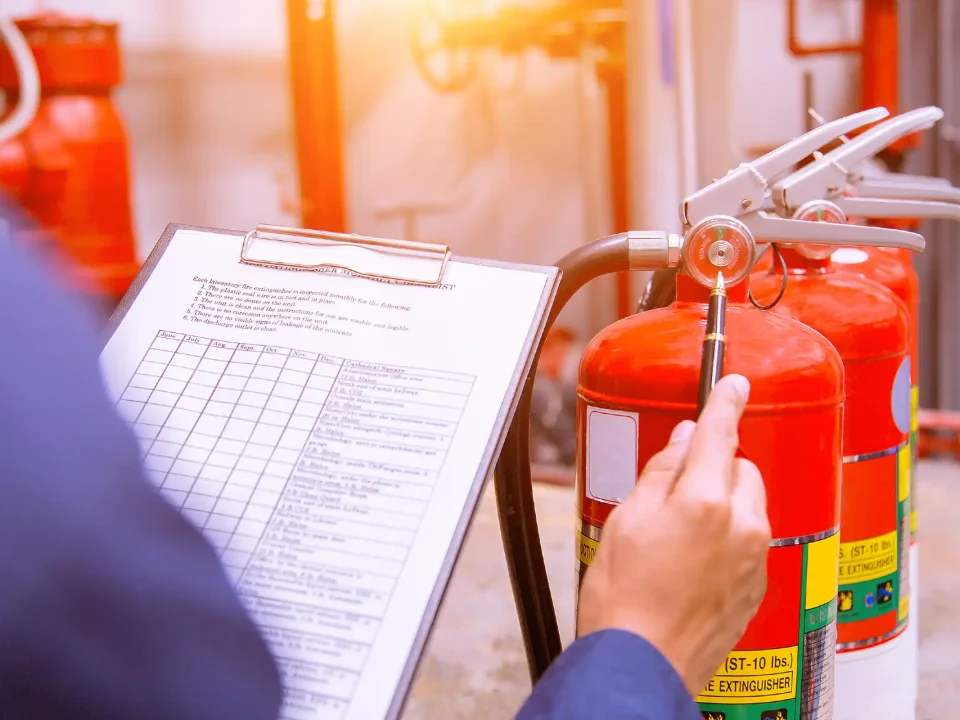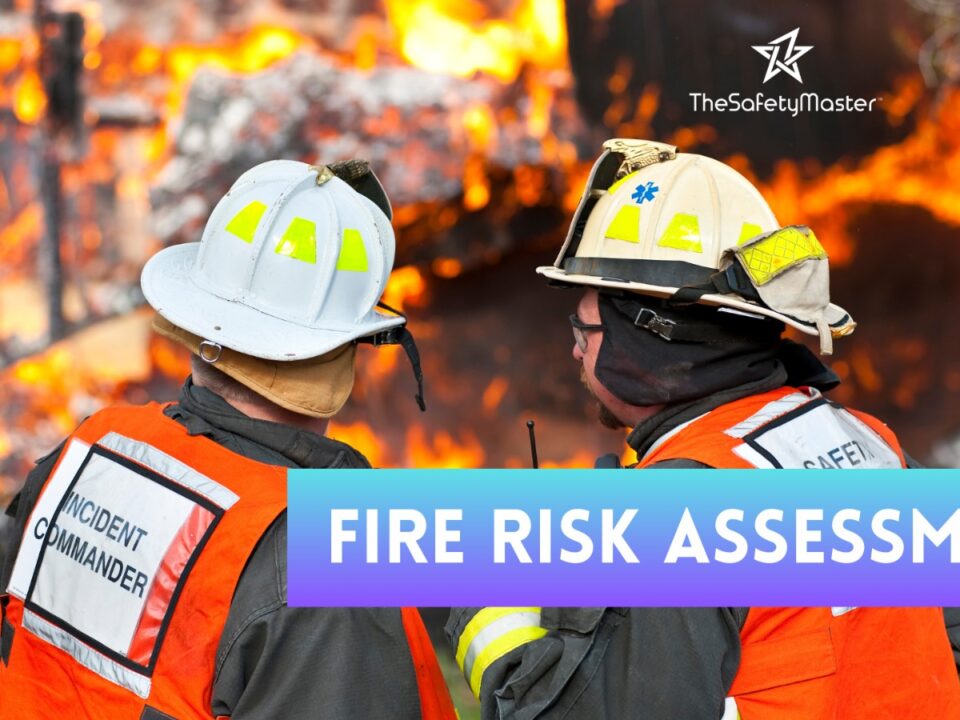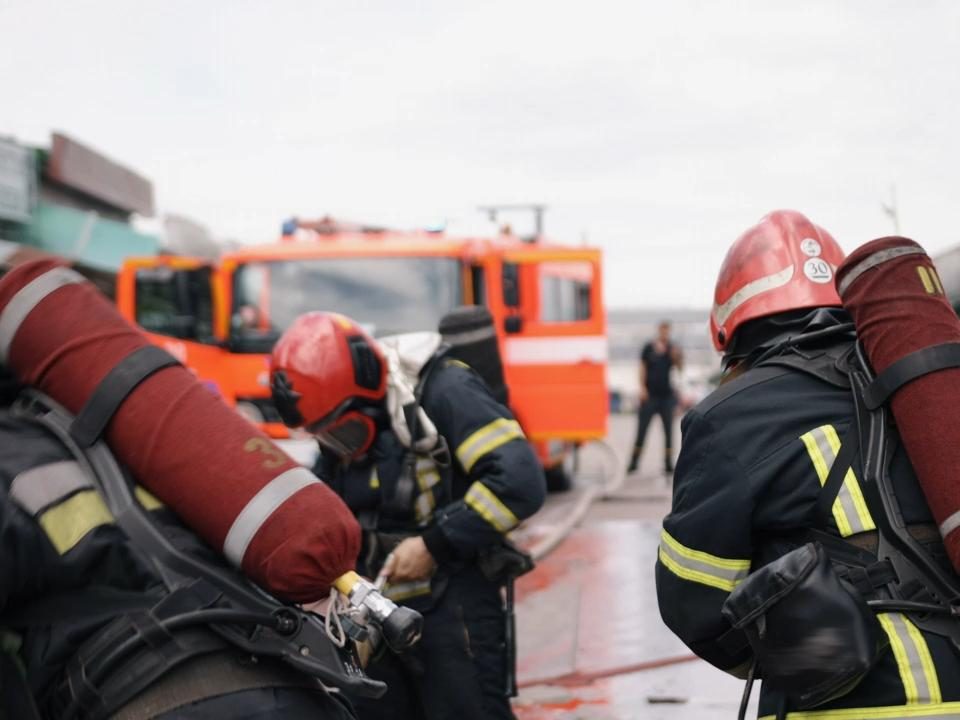The Importance of Developing an Emergency Response and Disaster Management Plan (ERDMP) in Todays World

Ensuring Workplace Safety: A Comprehensive Electrical Safety Audit Guide by TSM TheSafetyMaster Private Limited
July 19, 2023
Navigating the Complex World of Project Health, Safety, and Environment Review Reports: Expert Insights on Mitigating Risks
July 19, 2023The Importance of Developing an Emergency Response and Disaster Management Plan (ERDMP) in Todays World
Top Safety Consultant of India
Safety Consultant PNGRB Guidelines
In this article, we delve into a critical topic that demands our attention now more than ever: the significance of developing an Emergency Response and Disaster Management Plan (ERDMP) in today’s world. As we navigate through an increasingly unpredictable landscape, it is essential to recognize the potential impact of natural disasters, pandemics, and other unforeseen emergencies. We will explore the crucial role of an ERDMP in mitigating risks, protecting lives, and safeguarding infrastructure. Furthermore, we will outline the key components of a robust plan, equipping you with the knowledge to develop a comprehensive response strategy. Stay tuned as we unravel the complexities and promise to equip you with the necessary insights to face any future crisis head-on.
Introduction
Disasters can strike unexpectedly, wreaking havoc and leaving behind a trail of destruction. In today’s ever-changing world, it is crucial for individuals, communities, and organizations to be prepared for such eventualities. This article delves into the importance of developing an Emergency Response and Disaster Management Plan (ERDMP) in our modern society.Throughout history, societies have faced numerous challenges that have tested their resilience and ability to adapt. From natural calamities like earthquakes and hurricanes to man-made crises such as terrorist attacks and pandemics, the need for effective emergency response measures has never been more evident. By exploring the significance of an ERDMP, we aim to shed light on how being proactive can mitigate risks, minimize damages, and save lives
Understanding Emergency Response and Disaster Management
In this tumultuous world we inhabit, it is vital to grasp the essence of emergency response and disaster management. This discipline encompasses a multifaceted approach towards anticipating, preventing, mitigating, and recovering from the perils that Mother Nature or human-made calamities may bestow upon us. It is akin to an intricate dance of preparedness and resilience, where each step aims to safeguard lives, protect infrastructure, and preserve our collective well-being.
At its core, emergency response embraces the swift coordination of resources, personnel, and expertise in order to address crises with efficiency and efficacy. It entails comprehending the magnitude of potential disasters that may strike – be they natural disasters like floods or earthquakes or man-made catastrophes such as fires or terrorist attacks – and devising strategic measures to counteract their destructive impact. Moreover, it emphasizes the need for developing robust systems that can swiftly identify warning signs while simultaneously implementing prompt response mechanisms.
The Advantages of Developing an ERDMP
In today’s uncertain and unpredictable world, the advantages of developing an Emergency Response and Disaster Management Plan (ERDMP) cannot be overstated. The very act of creating such a plan empowers organizations and communities to proactively respond to crises, mitigating the potential damage and saving lives. One significant advantage of an ERDMP is its ability to enhance coordination and collaboration among various stakeholders involved in emergency response efforts. By establishing clear lines of communication, sharing information, and defining roles and responsibilities, organizations can seamlessly work together towards a common goal. This synergy not only improves the effectiveness of response efforts but also fosters trust among team members, leading to better overall outcomes.
Furthermore, an ERDMP enables quick decision-making during times of crisis. By predefining response protocols, allocating necessary resources, and conducting regular drills and exercises, emergency responders are better equipped to handle unexpected situations with confidence. This level of preparedness minimizes confusion and allows for rapid deployment of personnel and resources when every second counts.
Ultimately, developing an ERDMP instills a sense of security within communities by demonstrating proactive measures taken to safeguard their well-being. It reassures individuals that their safety is a top priority for organizations and authorities alike. Moreover, knowing that plans are in place to address various disaster scenarios instills hope amidst adversity while inspiring individuals to actively participate in building resilient communities.
The Role of Communication in Emergency Response
In moments of crisis, clear and effective communication plays a paramount role in the success of emergency response efforts. With lives at stake, every word and message transmitted must be accurate, timely, and easily understood. Effective communication ensures that crucial information reaches the right people promptly, enabling swift decision-making and coordinated actions.During an emergency situation, various stakeholders need to exchange information seamlessly. This includes emergency responders, government agencies, healthcare professionals, community leaders, and the general public. Robust communication networks facilitate the dissemination of vital updates on evacuation procedures, medical assistance availability, resource allocation strategies, and potential hazards to affected individuals.
In essence, the role of communication in emergency response cannot be overstated. It acts as a lifeline that connects individuals with vital resources while inspiring hope amidst chaos. Clear messaging not only aids coordination among responders but also provides solace to those enduring distressing circumstances. Therefore, investing in robust communication systems should be a top priority when developing an Emergency Response and Disaster Management Plan (http://www.thesafetymaster.com/ERDMP), ensuring that no one is left without crucial information during times of crisis
Assessing Risks and Vulnerabilities
In the realm of emergency response and disaster management, it is crucial to conduct a comprehensive assessment of risks and vulnerabilities. This entails a meticulous analysis of potential hazards that may pose threats to individuals, communities, or organizations. By identifying these risks, we can proactively prepare for various scenarios, ensuring the safety and well-being of those involved.
Within the assessment process, it is essential to consider both natural and human-induced risks. Natural disasters such as earthquakes, hurricanes, or floods can cause widespread devastation. Simultaneously, human-induced hazards like fires or chemical spills require careful evaluation to determine their potential impact on the surroundings. By assessing these risks systematically, we equip ourselves with invaluable knowledge that enables us to formulate effective emergency response strategies.
In essence, by diligently assessing risks and vulnerabilities as part of an emergency response plan’s development process, we empower ourselves with the foresight needed to mitigate potential disasters effectively. This proactive approach not only safeguards lives but also instills a sense of confidence in our ability to face challenges head-on – assuring us that no matter what may come our way in this unpredictable world; we are prepared.
Monitoring and Evaluation of the ERDMP
As with any well-designed plan, monitoring and evaluation play a pivotal role in the success of an Emergency Response and Disaster Management Plan (ERDMP). Without periodic assessment, a plan remains stagnant, unable to adapt to evolving challenges or capitalize on opportunities for improvement. Therefore, establishing robust monitoring mechanisms ensures that the ERDMP remains agile and effective in mitigating risks.
To effectively monitor an ERDMP, various key performance indicators (KPIs) can be employed. These KPIs may include response time, resource allocation efficiency, stakeholder feedback, and incident management effectiveness. By consistently collecting data on these indicators, decision-makers can identify areas of strength to celebrate and areas of weakness to address promptly.
Conclusion
In a world where uncertainties and unforeseen events seem to lurk around every corner, the importance of developing an Emergency Response and Disaster Management Plan (ERDMP) cannot be overstated. It serves as a beacon of hope, providing a structured framework to mitigate risks, ensure preparedness, and respond swiftly in times of crisis. By embracing the proactive approach offered by an ERDMP, we equip ourselves with the tools needed to navigate through turbulent waters with grace and resilience. Just as a ship relies on its captain and crew to weather storms, so too do we rely on our ERDMP to guide us towards safety and recovery. Let us embrace this vital endeavor wholeheartedly, knowing that our dedication to preparedness will ultimately lead us towards a brighter tomorrow.
At TSM TheSafetyMaster Private Limited we offer following services
TSM TheSafetyMaster® Private Limited
DUST EXPLOSION HAZARD ASSESSMENT
ELECTROSTATIC HAZARD ASSESSMENT
Unit No 221-451-452, SPL1/J, 2nd & 4th Floor, Sunsquare Plaza Complex, RIICO Chowk, Bhiwadi 301019, Rajasthan, India
Phone: +91 1493 22 0093
Mobile: +91 7665231743/9413882016
Email: info@thesafetymaster.com




